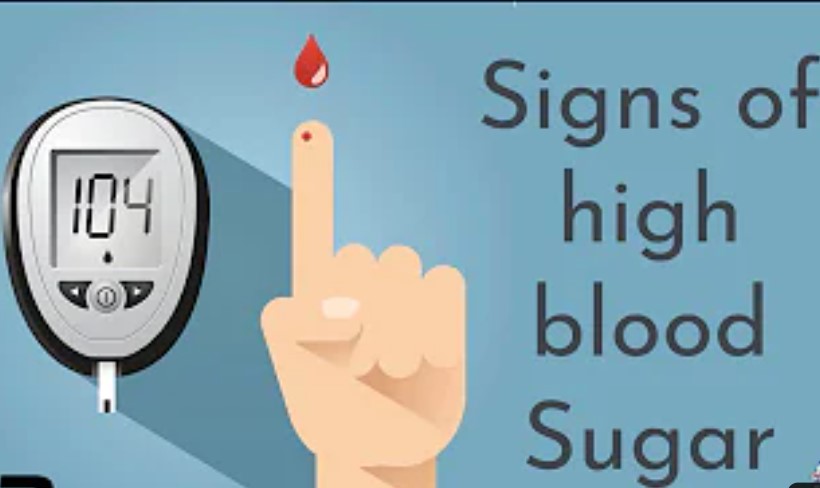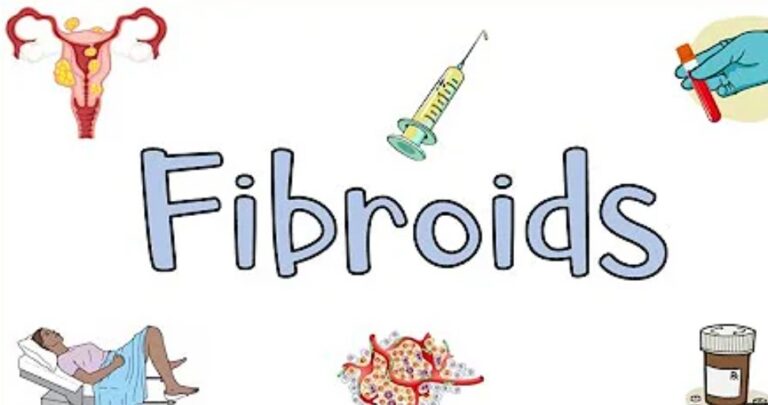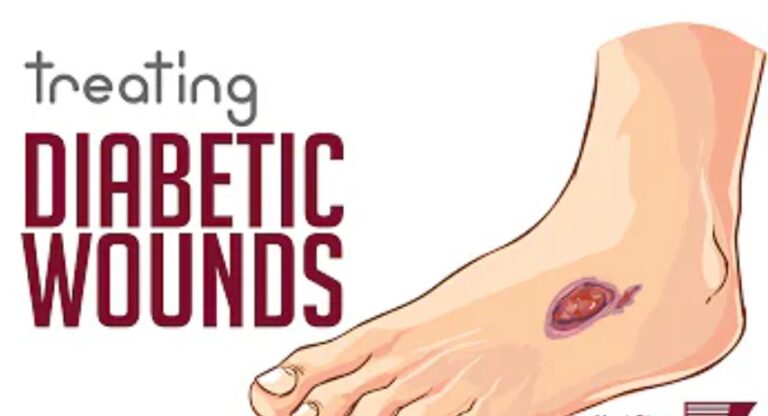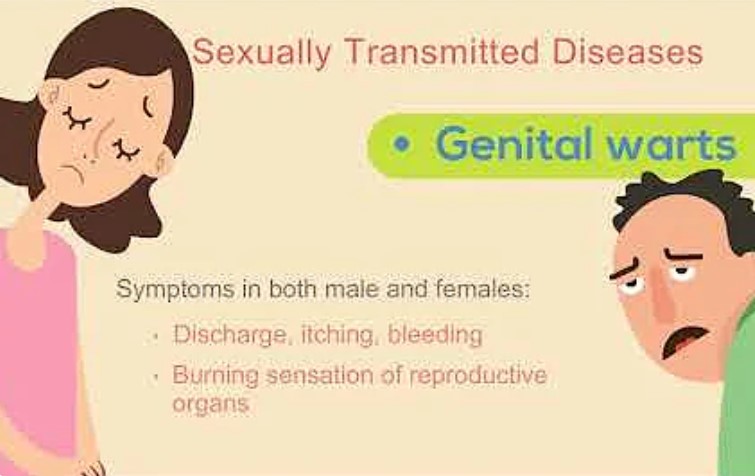Symptoms of High Blood Sugar in Non-Diabetics
Symptoms of High Blood Sugar in Non-Diabetics
High blood sugar, also known as hyperglycemia, is a condition that occurs when there is too much glucose (sugar) in the bloodstream. While high blood sugar is commonly associated with diabetes, it can also occur in non-diabetics due to a variety of factors such as stress, certain medications, infections, and hormonal imbalances. In this article, we will explore the symptoms of high blood sugar in non-diabetics.
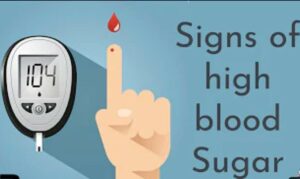
Increased thirst and frequent urination
Increased thirst and frequent urination are common symptoms of high blood sugar in individuals with diabetes. These symptoms occur because the body is unable to produce or effectively use insulin, a hormone that regulates blood sugar levels. Without enough insulin, glucose builds up in the bloodstream, causing the kidneys to work harder to remove the sugar from the body. This excess sugar draws more water into the urine, leading to increased urination and dehydration, which triggers increased thirst.
Individuals with diabetes should monitor their blood sugar levels regularly to prevent episodes of high blood sugar, which can lead to long-term complications such as nerve damage, kidney disease, and eye problems. Treatment for high blood sugar in individuals with diabetes may include adjusting insulin dosages, changing dietary habits, increasing physical activity, and managing stress levels. Individuals with diabetes need to work closely with their healthcare provider to develop a personalized treatment plan to manage their blood sugar levels and prevent complications.
Fatigue
Fatigue is a common symptom in individuals with diabetes, particularly when blood sugar levels are high. When there is excess glucose in the bloodstream, the body’s cells may not be able to use it for energy effectively. This can result in feelings of fatigue, weakness, and tiredness.
Other factors such as high blood pressure, high cholesterol levels, and nerve damage associated with diabetes can also contribute to fatigue. Sleep disorders such as sleep apnea, restless leg syndrome, and insomnia may also be more common in individuals with diabetes, further contributing to feelings of fatigue.
To prevent fatigue and other complications associated with diabetes monitor blood sugar levels regularly, adjust insulin dosages, follow a healthy diet, engage in regular physical activity, and manage stress levels.
Individuals with diabetes who experience persistent fatigue should consult with their healthcare provider to determine the underlying cause and develop a personalized treatment plan. Other potential causes of fatigue in individuals with diabetes may include anaemia, depression, thyroid disorders, and other medical conditions.
Blurred vision
Blurred vision is a common symptom in individuals with diabetes and can occur when blood sugar levels are too high or too low. High blood sugar levels can cause the lens of the eye to swell, leading to changes in vision. This is known as diabetic retinopathy, a condition that can lead to permanent vision loss if left untreated.
High blood sugar levels can damage blood vessels in the retina, leading to a condition known as diabetic macular oedema. This condition can cause fluid to build up in the macula, the central part of the retina responsible for sharp, detailed vision. Over time, this can lead to blurred vision, blind spots, and difficulty seeing fine details.
Low blood sugar levels, on the other hand, can also cause blurred vision, as the brain relies on glucose for energy. When glucose levels drop too low, the brain may not function properly, leading to changes in vision and other symptoms such as dizziness and confusion.
Managing blood sugar levels will help to prevent blurred vision and other complications associated with diabetes.
Individuals with diabetes who experience blurred vision should consult with their healthcare provider to determine the underlying cause and develop a personalized treatment plan. Regular eye exams are also recommended for individuals with diabetes to detect and treat any vision changes early before they progress to more serious conditions.
Headaches
Headaches are a common symptom in individuals with diabetes, particularly when blood sugar levels are high or low. High blood sugar levels can cause dehydration, which can lead to headaches. Additionally, high blood pressure, which is more common in individuals with diabetes, can also cause headaches.
Low blood sugar levels can also cause headaches, as the brain relies on glucose for energy. When glucose levels drop too low, the brain may not function properly, leading to changes in blood flow and other symptoms such as headaches.
Stress, lack of sleep, and changes in hormone levels can also contribute to headaches in individuals with diabetes. Certain medications used to treat diabetes, such as metformin, can also cause headaches as a side effect.
Dry mouth and skin
Dry mouth and skin are common symptoms in individuals with diabetes. High blood sugar levels can cause dehydration, which can lead to dry mouth and skin. When blood sugar levels are high, the kidneys may work harder to remove the excess glucose from the bloodstream, leading to increased urination and loss of fluids.
Nerve damage associated with diabetes can also affect the body’s ability to produce saliva, leading to a dry mouth. This can cause discomfort, difficulty chewing and swallowing, and an increased risk of dental problems such as cavities and gum disease.
High blood sugar levels can also affect the skin, causing it to become dry, itchy, and prone to infections. This is because excess glucose in the bloodstream can damage blood vessels and nerves, leading to poor circulation and reduced sensation in the skin. This can make it more difficult for the skin to heal from cuts and injuries, increasing the risk of infections.
Using moisturizing creams and lotions, drinking plenty of fluids, using artificial saliva products, and practising good dental hygiene will help to prevent dry mouth
Nausea and vomiting
Nausea and vomiting are common symptoms in individuals with diabetes, particularly when blood sugar levels are high or low. High blood sugar levels can cause the body to produce ketones, a type of acid that can build up in the bloodstream and cause nausea and vomiting. This is known as diabetic ketoacidosis (DKA) and is a potentially life-threatening condition that requires immediate medical attention.
Low blood sugar levels, on the other hand, can also cause nausea and vomiting, as the brain relies on glucose for energy. When glucose levels drop too low, the brain may not function properly, leading to changes in blood flow and other symptoms such as nausea and vomiting.
Other potential causes of nausea and vomiting in individuals with diabetes may include gastroparesis, a condition in which the stomach takes longer than normal to empty its contents, and other medical conditions.
You can manage and prevent this by adjusting insulin dosages, following a healthy diet, engaging in regular physical activity, and managing stress levels.
Increased appetite
Increased appetite is a common symptom in individuals with diabetes, particularly when blood sugar levels are high. High blood sugar levels can cause the body to produce insulin, a hormone that helps regulate blood sugar levels. However, if the body does not produce enough insulin or does not respond properly to insulin, glucose may not be able to enter cells to provide energy. As a result, the body may crave more food to compensate for the lack of energy.
Some medications used to treat diabetes, such as insulin and sulfonylureas, can also cause an increase in appetite as a side effect. These medications work by increasing the amount of insulin in the body, which can cause blood sugar levels to drop too low and trigger hunger signals.
Slow healing of wounds
Slow healing of wounds is a common complication in individuals with diabetes. High blood sugar levels can cause damage to blood vessels and nerves, leading to poor circulation and reduced sensation in the skin. This can make it more difficult for the body to heal from cuts and injuries, increasing the risk of infections.
People with diabetes may be more prone to infections due to a weakened immune system, which can further impair wound healing. High blood sugar levels can also contribute to the growth of harmful bacteria and fungi, increasing the risk of infections.
If you are experiencing slow healing of wounds, please consult with your healthcare provider to determine the underlying cause and develop a personalized treatment plan. This may include cleaning the wound regularly, keeping the affected area dry and clean, and applying topical treatments such as antibiotics or wound dressings. In some cases, surgery may be necessary to remove damaged tissue or promote healing.
Tingling or numbness in the hands and feet
Tingling or numbness in the hands and feet is a common symptom in individuals with diabetes and is often a sign of diabetic neuropathy, a type of nerve damage that can occur as a result of high blood sugar levels. This can cause damage to the nerves that control sensation in the hands and feet, leading to numbness, tingling, or burning sensations.
The risk of developing diabetic neuropathy increases with the duration of diabetes, poor blood sugar control, and other factors such as smoking and high blood pressure.
Other treatments for diabetic neuropathy may include medications such as pain relievers, antidepressants, or anticonvulsants. Lifestyle changes such as quitting smoking, maintaining a healthy weight, and controlling blood pressure and cholesterol levels may also be recommended.
Fruity-smelling breath
Fruity-smelling breath is a common symptom in individuals with uncontrolled diabetes, particularly those with diabetic ketoacidosis (DKA), a serious complication of diabetes. DKA occurs when the body does not have enough insulin to use glucose for energy and begins to break down fat for energy instead. This produces ketones, a byproduct that can build up in the blood and cause the blood to become too acidic.
The buildup of ketones can cause a number of symptoms, including fruity-smelling breath, as well as nausea, vomiting, abdominal pain, and difficulty breathing. If left untreated, DKA can be life-threatening and requires immediate medical attention.
People with diabetes who experience fruity-smelling breath or other symptoms of DKA should seek immediate medical attention to prevent complications and ensure proper treatment.
Conclusion
High blood sugar can occur in non-diabetics due to a variety of factors such as stress, certain medications, infections, and hormonal imbalances. If you are experiencing any of the symptoms listed above, it is important to see a doctor to rule out any underlying medical conditions. Additionally, maintaining a healthy lifestyle by eating a balanced diet, getting regular exercise, and managing stress can help prevent high blood sugar and its associated symptoms
